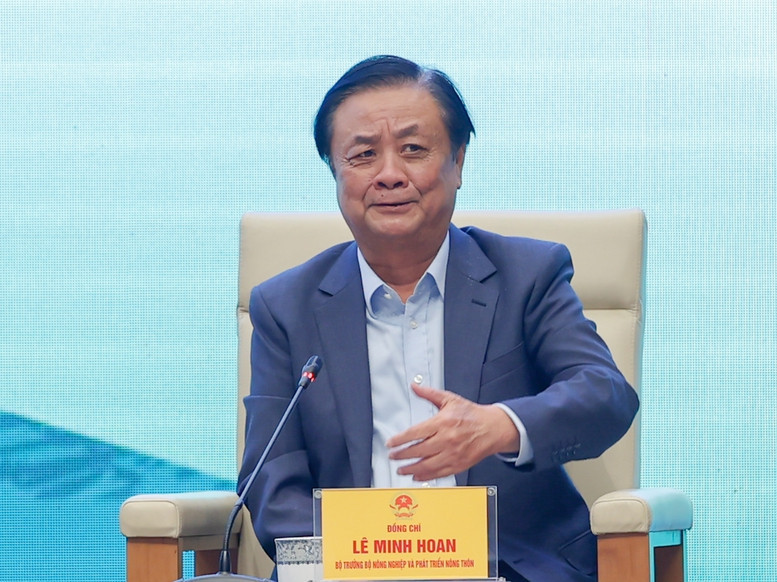Minister of Agriculture and Rural Development Le Minh Hoan emphasized that the carbon credit market is a relatively new concept for both the world and Vietnam.
Beyond the direct monetary benefits, the initiative to cultivate 1 million hectares of high-quality, low-emission rice offers substantial long-term advantages for farmers and the agricultural sector.

Record-breaking year for Vietnam’s rice exports
According to the Minister of Agriculture and Rural Development Le Minh Hoan, Vietnam exported 9.18 million tons of rice in 2024, generating $5.75 billion in revenue.
This marks a 12.9% increase in export volume and a 23% surge in value compared to the previous year.
The rice industry achieved historic highs in both volume and value since Vietnam began exporting rice in 1989.
Notably, Vietnam became the first country in the world to cultivate high-quality, low-emission rice on a large scale, covering 1 million hectares.
Carbon credits: A new frontier in sustainable agriculture
During the 2024 Prime Minister’s dialogue with Vietnamese farmers on December 31, Le Thanh Long from An Giang province raised concerns about reducing emissions, developing the carbon credit market, and advancing the sustainable rice initiative in the Mekong Delta.
In response, Minister Le Minh Hoan highlighted An Giang’s proactive efforts in implementing pilot models for the 1 million-hectare high-quality rice initiative, reporting a 20-30% reduction in production costs. This reduction directly translates to higher profits for farmers, demonstrating the initiative's tangible benefits.
Regarding carbon credits, the Prime Minister has directed the establishment of policies to regulate this emerging market. However, Minister Hoan underscored that the significance of the carbon credit initiative lies in its broader advantages for Vietnam’s agricultural production, not just its monetary returns.
“For example, rice straw can be used to produce pellets or as a soil amendment for subsequent crops. The carbon credit initiative aims at overarching benefits rather than just immediate financial gains,” Minister Hoan explained.
Revolutionizing rice production for sustainability
The 1 million-hectare high-quality rice initiative has been lauded as a transformative effort to elevate Vietnam’s rice sector.
Minister Hoan emphasized the importance of restructuring the rice industry toward sustainability, adapting to climate change, and aligning with the global trend toward green consumption.
This vision goes beyond focusing solely on yield and output, aiming to reduce production costs, enhance rice quality and value, and safeguard both the environment and farmers’ health.
The Minister called on local authorities, enterprises, and cooperatives to collaborate closely with farmers. Enterprises, in particular, should commit to purchasing rice at above-market prices to incentivize farmers to join cooperatives.
In addition, local governments must provide timely support to address challenges, fostering trust and loyalty among farmers in the production chain.
Tam An